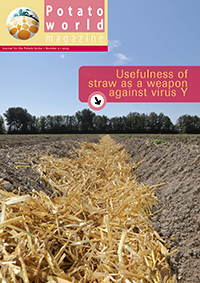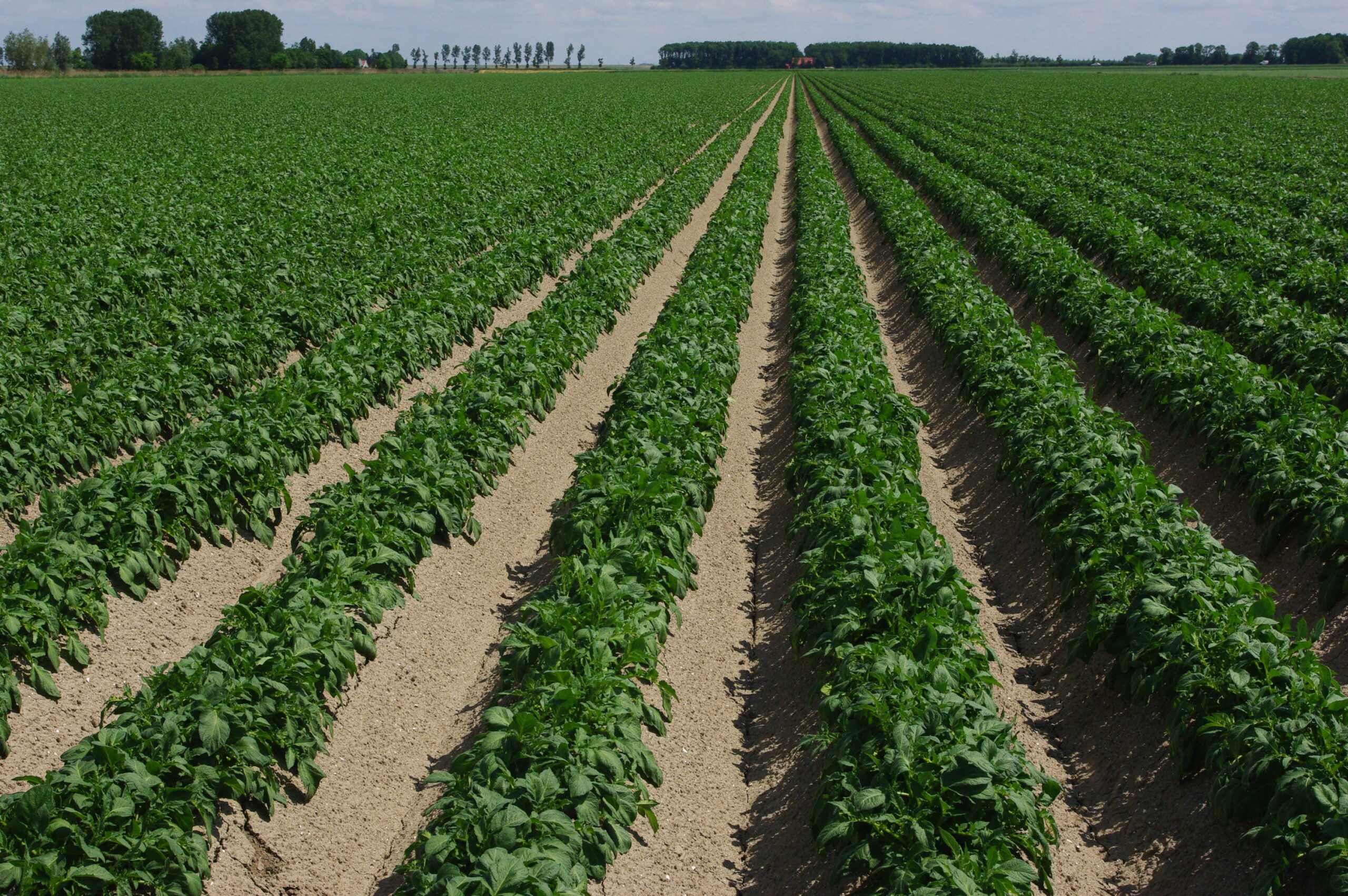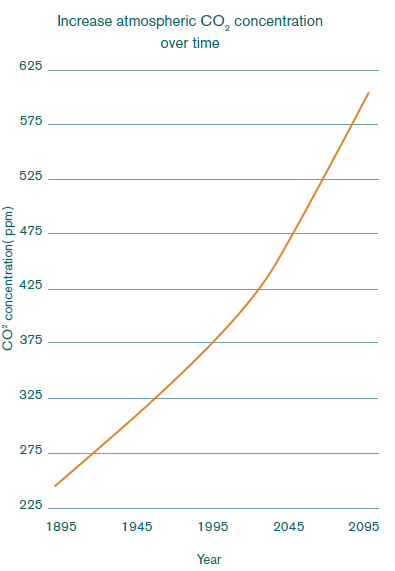Already a subscriber? Activate your premium account

Potatoworld Magazine

Prior to the start of the industrial era, the concentration of carbon dioxide in the air was 280 parts per million, ppm. In the 1970s the concentration was 320 ppm and in 2015 it surpassed 400 ppm (or 0.04 percent).
With continued burning of fossil carbon from gas, oil and coal, the CO2 level will approach a value between 550 and 600 ppm in the next 35 years.
Over the decennia, many experiments with augmented CO2 concentrations have been carried out to assess the effect of the increasing CO2 level on plant growth and development. Such experiments were carried out in greenhouses, open-top chambers and even in the open with perforated tubes exuding the gas while monitoring the concentration of carbon dioxide and adjusting it in agreement with the intended level. Usually, the ambient concentration was compared with either double that concentration or with the prognoses for the next 40 years. Morphological changes following CO2 increase are taller plants with thicker and more leaves. The starch concentration of tubers grown under elevated CO2 is higher. As a dilution effect, however, the nitrogen and protein concentrations decrease. The levels of reducing sugars are not affected. Experiments showed a net yield gain of potato of 28.5 percent over the next 35 years. The stomatal conductance of the leaves becomes lower as the stomata close a little following CO2 elevation. This because the intra-cellular CO2 concentration becomes higher. Consequently, 11 percent less water transpires, which, combined with the higher yield, leads to a 50 percent improvement in the water use efficiency.

Events
©2015 - 2024 Potatoworld | Webdesign and realisation COMMPRO